BESPOKE KITCHEN DESIGNER

CONCEPT DESIGN FOR THE BESPOKE KITCHEN – Client Requirement and Brief Building, Concept Exploration and Sketching, Concept Design, Design Development, Design Presentation, Design Specification, Detail Design, Proposal, Quotation and Sales.
Working with Kitchen Retailers, Kitchen Specialists, Kitchen Trade Suppliers, Kitchen Appliance Manufacturers, Architects, Builders & Developers, and Individuals wanting a fast, effective, and visually informing design process for the client perfect kitchen-dining-living experience.

Working with the end-user client, as well as their architect and builder, a final structure and floorplan is provided as our working canvass.
From the footprint we can take a high-level view of possible uses for the space, whilst considering architecture, lifestyle, personal tastes and family requirements.
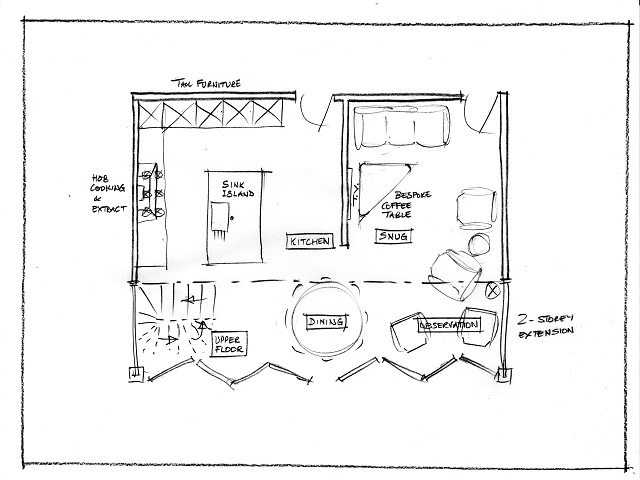
No other room is used for so much by so many. Reinventing Kitchen Design, Jonny Grey.
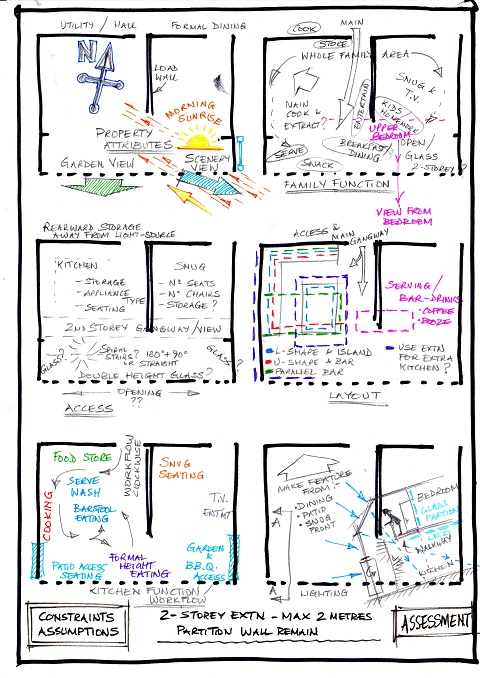
Also, we look at architectural interior details to gather data points for building up the client brief. From window views to food storage requirements, snug areas to entertainment space. All need considering together.
An architect will work through details of the build but we are often tasked with a concept study for a kitchen/diner maximum return exercise, to help assess the cost-benefit analysis of an expensive build relevant to lifestyle improvements.
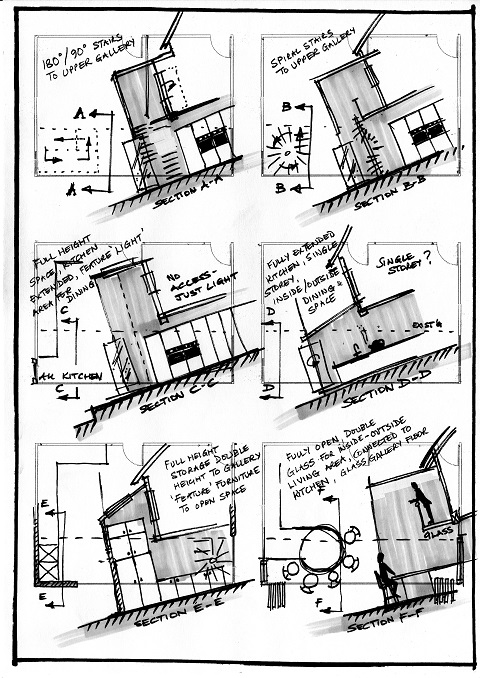
Concept design is essential for unveiling the possibilities of a variety of undiscovered solutions. It is not just thinking outside the box as much as redefining boundaries and challenging the entire system’s structure.
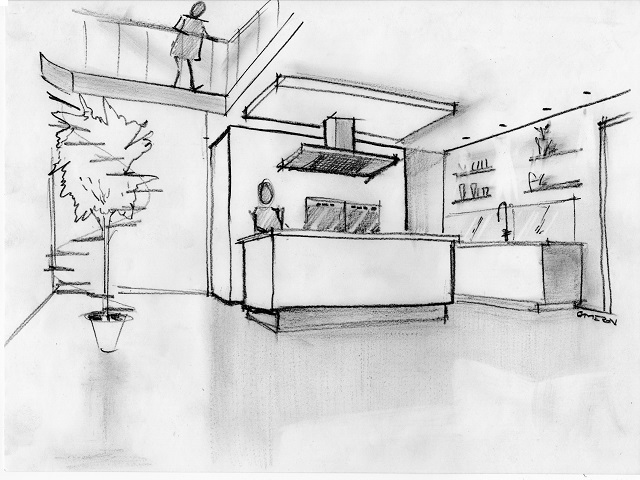
Communication is key throughout the process and being able to produce a 10 minute pencil sketch whilst sitting with the client, allows for maximum decision making efficiency.
And when the architecture has been set in detail and we have an idea of interior furniture layout and form, we can introduce some colour to represent décor and materials.
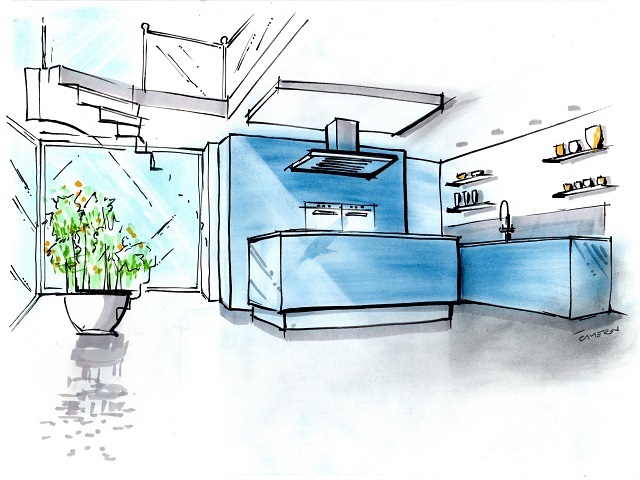
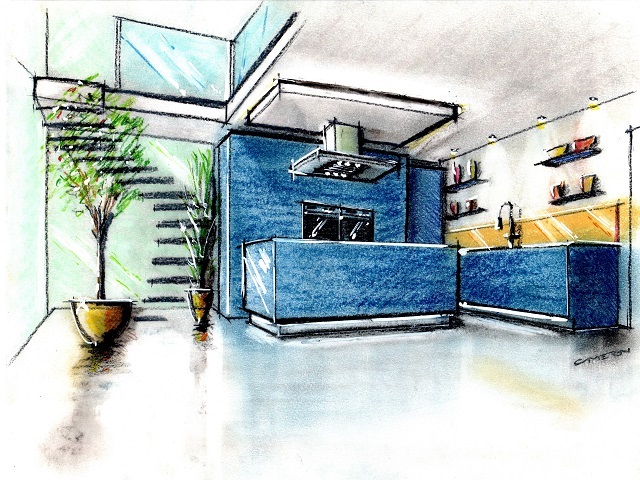
When kitchen cabinet style is a little more refined, the accompanying details will help communicate the atmosphere and mood of the space, so we can start investigating options.
And all the while we are discussing and sketching, we are moving faster, with more options and greater flexibility than that which computers generally operate.

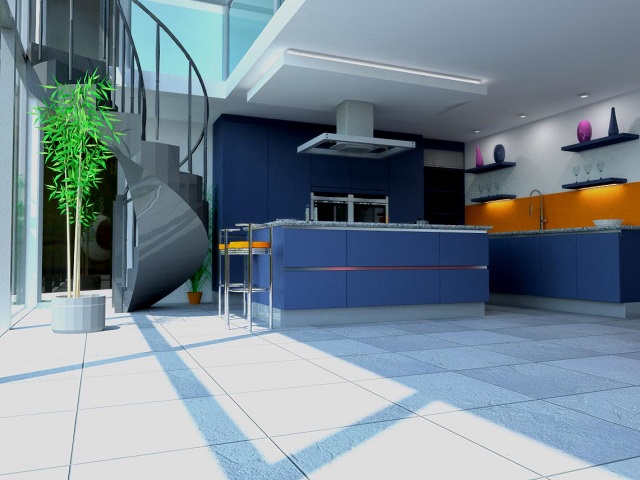
But there is a point at which the computer becomes essential for accuracy and specification. The plans and detail drawings will aid production, but for now we can look at a more immersive picture.
These renderings will provide a better feel of the space and it’s character in real life. They will also form part of the VR experience (virtual reality), using the latest headset technology.

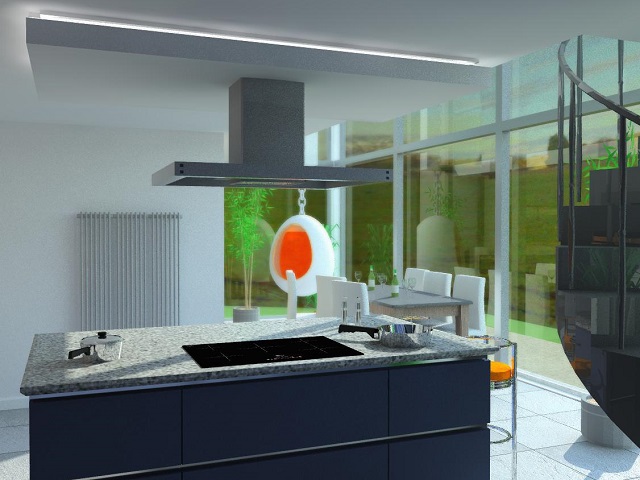
Or the same models can be viewed and client user controlled via the clients own computer, tablet or even mobile phone. This is invaluable when undertaking other purchase decisions for the home.
When the cabinetry is defined, the colours and materials can quickly and easily be changed on the computer to assist the client with decision making on the materials specification.

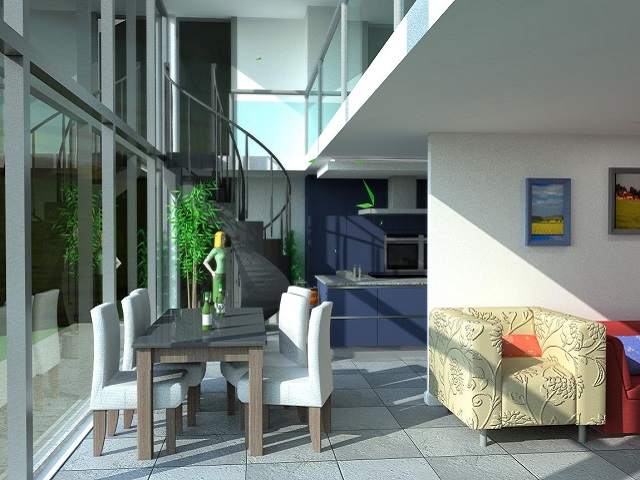
Finally the specifying and sourcing of the last remaining furniture and decorative items will bring together the whole theme, with placement and material selection again aided by computer modelling.
With all these decisions made, the detail and specification drawings can be produced and orders put to manufacturers for delivery within the project timescale.
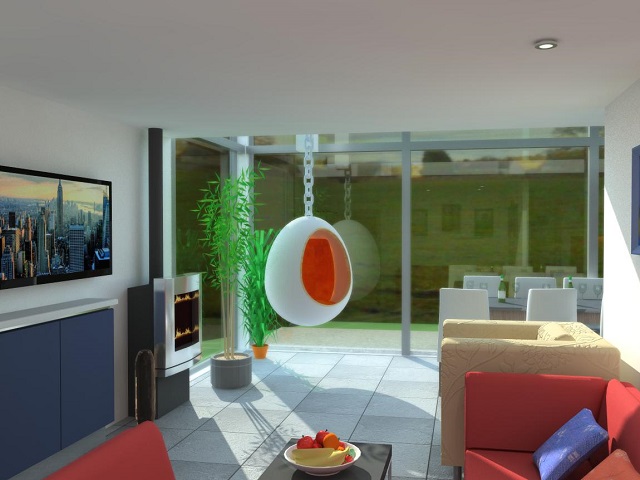
Superior design starts with great design concepts. The concept that succeeds will often arrive out of the blue, not having been at all obvious from the outset. These nuggets of inspiration and innovation are the product of rigorous investigation, analysis, benchmarking, feasibility and testing.
Concept Design for Kitchens is an investigation into the world of bespoke design, supply and installation. It is swift communication of ideas and discussion with end users and clients. Building up pictures of human interaction, flow through space, workflow and activity, volume and space planning. All of which have to be fully considered in a modern user experience (UX) and user interface (UI) design context.
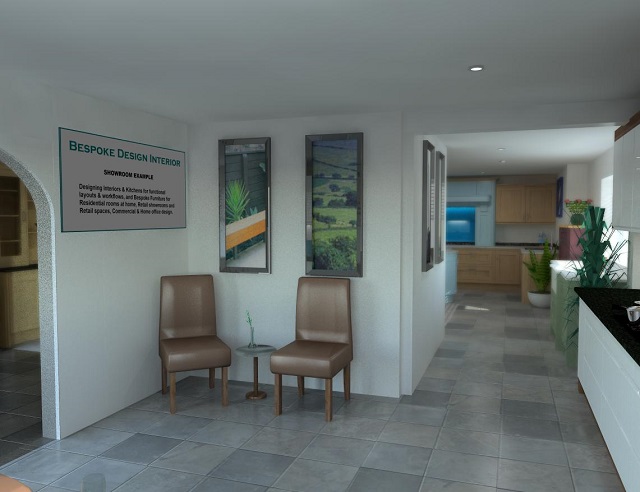
Designing a Kitchen Retailer's New Showroom for best User Experience and Layout - using only pre-existing furniture from a former location.
An existing showroom being relocated to new premises with vastly different interior space, required the very best use of existing furniture and layout.
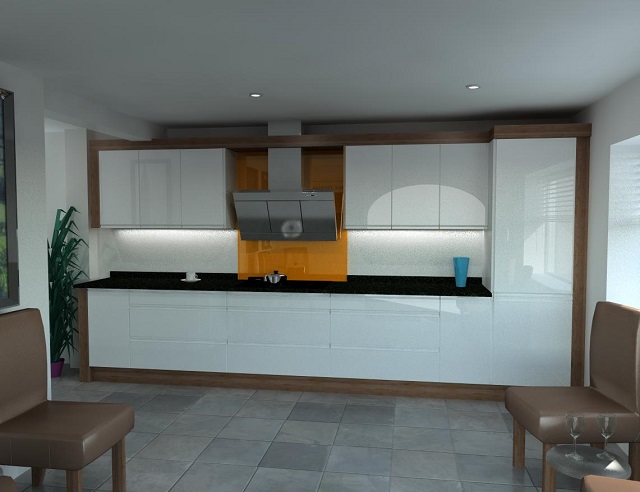

Each individual set needed to have a home that appeared natural and purposely defined. The space required sufficient area for visitors to fully engage with the working mechanisms in each collection, but also to enhance the aesthetic appeal as best as possible.
In addition to maximising each individual set, the showroom needed to work as a whole. In terms of flow for customer experience, it was essential multiple families and visitors could easily navigate.
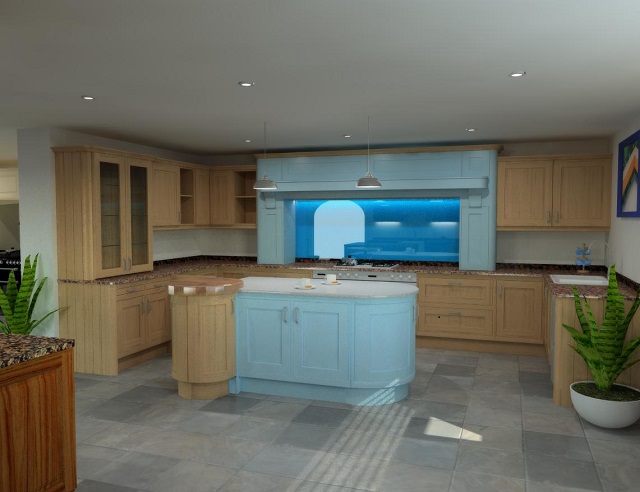
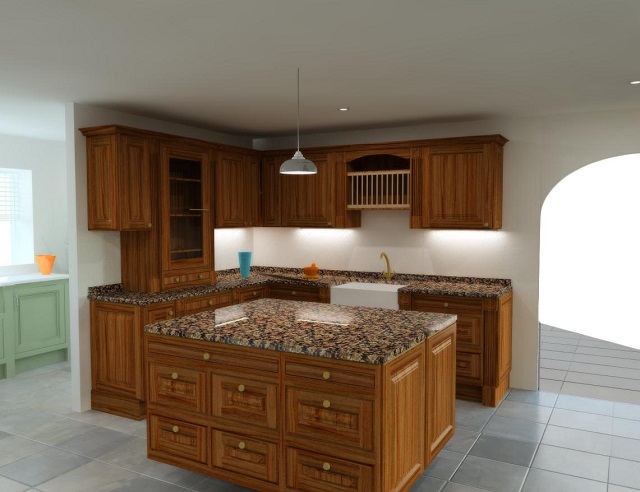
And whilst the space had many fixed hard points and constraints, we were also conscious that the area not become a dark and uninviting with limited natural daylight from window spaces and potential visually impairing internal walls and architecture.
As well as presentation space for the staff to layout drawings and designs during visits by customers who refine their home designs and cross reference the showroom sets for style and function.
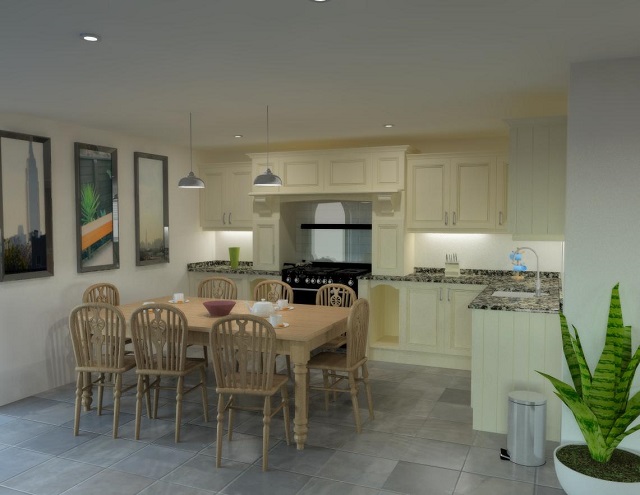

The design was schemed and presented with quick skletches and layouts before being modelled before construction. This would allow a VR experience to verify the User Experience (UX) of the real future space, before internal architectural modifications were made.
Whilst the VR experience is controled directly by the user, this short video demonstrates the VR space available for investigation on your VR Headset, or your PC, tablet or mobile device.
